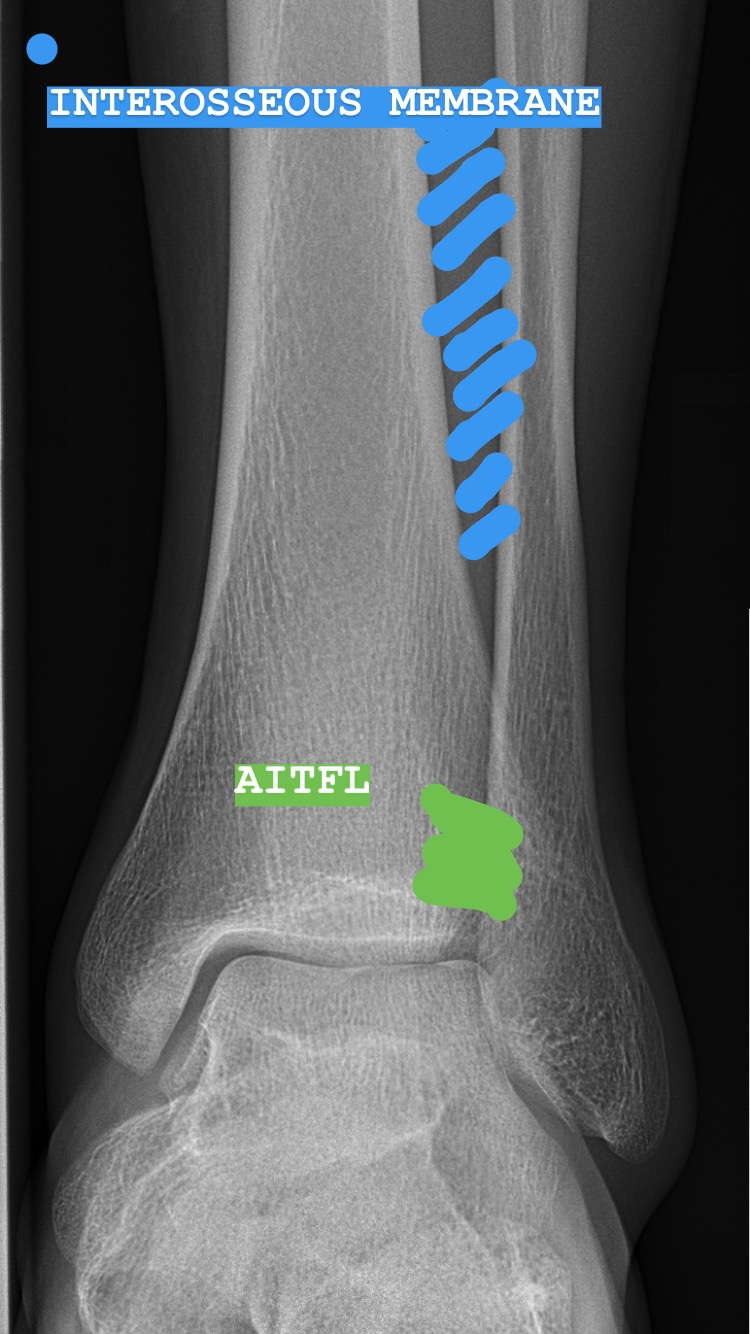This week, Flow Knows dives into high ankle sprains or syndesmosis injuries.
There has been media coverage this week around Dylan Napa and his race against the clock to prove his fitness for Origin 2 on Sunday night.
The tibiofibular syndesmosis consists of the ligaments and interosseous membrane that maintain the joint at the bottom of the shin bone, above the ankle joint (high ankle).
The syndesmosis plays an important role in dynamic ankle function and is often injured in a planted, rotating foot/ankle. We tend to see this in contact sports like rugby league where the foot is planted as the player gets tackled.
As the knee goes over the foot, the tibia and fibula separate to accomodate the ankle joint. With intact ligaments and membrane this is controlled and limited. In the case of an injury to these ligaments, this separation can cause pain and dysfunction with ankle movements and weight-bearing.
When a suspected high ankle sprain presents we send you off for x-rays to determine if there is any widening of the distal tibiofibular joint and if referral to an orthopaedic surgeon is required.
If there is no widening, treatment consists of a strength, mobility and proprioception program to restore full function.
Severe injuries usually present with concomitant injuries like fractures and if there is a widening of the joint on weight-bearing x-rays, a surgical review is required.













